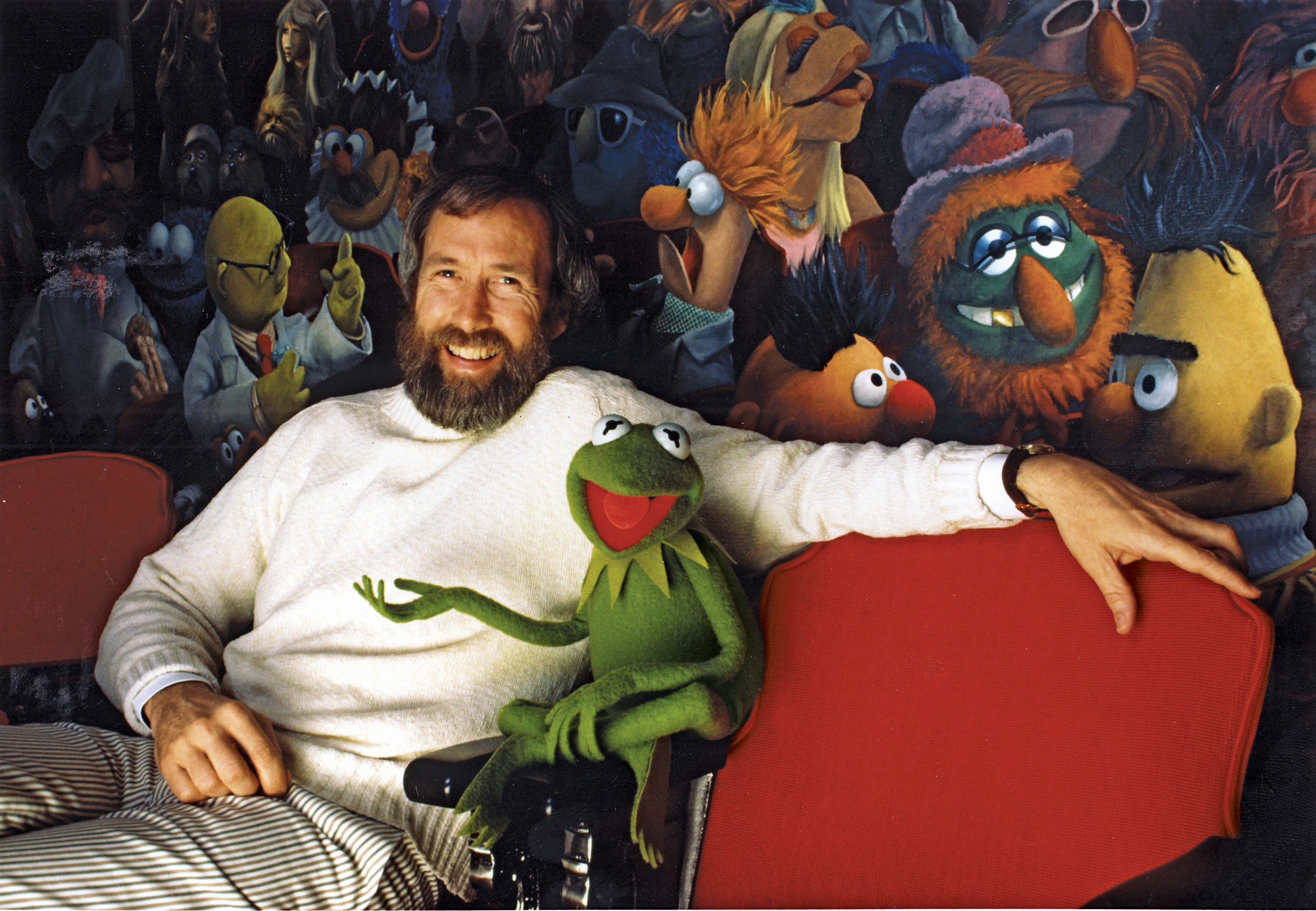A Glimpse At Jim Henson’s Fantastic World
The first things people usually call to mind when they think of Jim Henson are the Muppets, or Sesame Street, or perhaps even Fraggle Rock. But as showcased in the exhibit Jim Henson’s Fantastic World, at the Museum of the Moving Image in Astoria, Queens, such best-known works are only a peek into the scope of his creative genius.
Not to say that his work isn’t at times absolutely bizarre, and makes you wonder, “How could I have watched this stuff when I was a kid? Jim Henson had to be doing massive amounts of acid!” — which, maybe, he was. But the “fantastic world” he created, it seems, was much more than just an acid trip or the product of pure hippie silliness.
Upon entering the exhibit, you will first find his experimental short film, Time Piece (1965), playing on loop in a bone white room. Directed, produced, and starred in by Henson, Time Piece is a departure from the kind of art people usually associate with him, and appropriately gives one a sense of his creative background besides his venture into the field of puppetry. If you’re familiar with Tim and Eric Awesome Show Great Job! the randomness and weirdness is commensurate with the Adult Swim show. But unlike Tim and Eric, each seemingly desultory scene is charged with some meaning, some commentary about life and its banal chores — offering the opportunities one has to break free of them. Henson called it, “The story of Everyman, frustrated by the typical tasks of a typical day.”
The contrast of scenes—like one of Henson painting an elephant pink, and another of him escaping from a jail—lends the feeling of escapism, from not only the tedious but also the routine. In one clip, Henson is chugging a bottle of whiskey, and it abruptly disappears from his hands. Then it cuts to pink liquid, possibly the elephant paint, being swallowed down a drain. Nevertheless, Time Piece retains a sense of humor, what with the wacky sound effects and the erratic jumps from different places in time.
Another standout part of the exhibit is Henson’s television commercials from the 1960s. These commercials succeed in provoking the kind of nostalgia one feels of a time they didn’t experience; it was mostly a young audience surrounding the booth when I visited, and all of them uttered different variations of, “I can’t believe they used to have commercials like that!” and “Why can’t commercials be as funny today as they were then?”
The La Choy commercial is among one of the highlights: a giant, dopey-looking, clumsy dragon tries to “make a suggestion” to a young mother and her child to buy La Choy. He proceeds to bellow at them everything that makes it a quality product, accidentally knocking all of the cans off the shelves, and blowing fire at the display.
The rest of Jim Henson’s Fantastic World is more expected, though no less fascinating.
There are lots and lots of puppets in cases, rare photographs, paintings, sketches, and original storyboards—which, my filmmaker friend remarked to me, was one of the most valuable and inspiring things for him to see at the exhibit. But maybe those storyboards are representative of all that is interesting and important about it all. Besides it being a look behind the scenes of many of our childhood friends, from Kermit to Big Bird, it’s an understanding of the man that helped shape countless imaginations.
Jim Henson’s Fantastic World will run from July 16, 2011-January 16, 2012 at the Museum of the Moving Image located at 36-01 35 Avenue, Astoria, NY 11106. http://www.movingimage.us/


